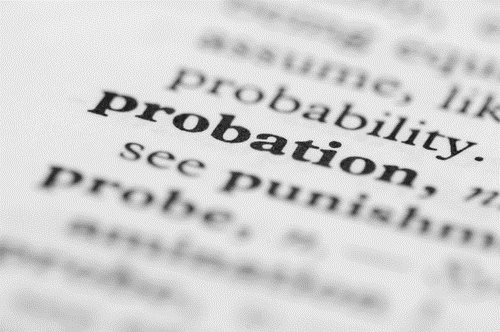Don’t Try to Break Out of a Maximum Security Prison!



A federal prison
is a form of correctional facility in the United States, which is solely run by
the federal government. Correctional facilities or prisons can be run by state,
county or local authorities; as a result of its advanced and extended
resources, a federal prison is able to maximize security precautions and enable
the correctional facility to harbor the most dangerous or unsafe criminals.
That being said, federal prisons in the United States possess varying levels of
security, and in many cases, simply harbor those individuals who commit white
collar, or non-violent crimes.
As of 2008, the Federal Bureau of Prisons oversaw and maintained over 105
federal prisons. As stated before, the levels of security vary; in total the
federal prisons housed over 195,000 inmates, or 9% of the total prison
population of the United States. Similar to the security levels, prison
sentences within a federal prison will vary. A federal prison will house those
individuals who are convicted of any federal crime, however, individuals may
also be transported there if their original was overcrowded, or an increase in
security is needed.
The Federal Bureau of Prisons has categorized federal prisons into five
distinct security levels. A minimum security facility contains a limited amount
of the 4th category, a low security Federal Correction Institution contains
double-fenced perimeters, and inmates live in cubicle or dormitory housing. A
medium security federal prison is classified to hold medium-security inmates. A
medium security federal prison has strengthened perimeters, which consist of
double fences and electronic detection systems. Although a medium security has
the label “medium” it is typically considered a high-security
facilities. These facilities, which comprise the remaining classifications, are
highly secured with reinforced fences, and walls.







